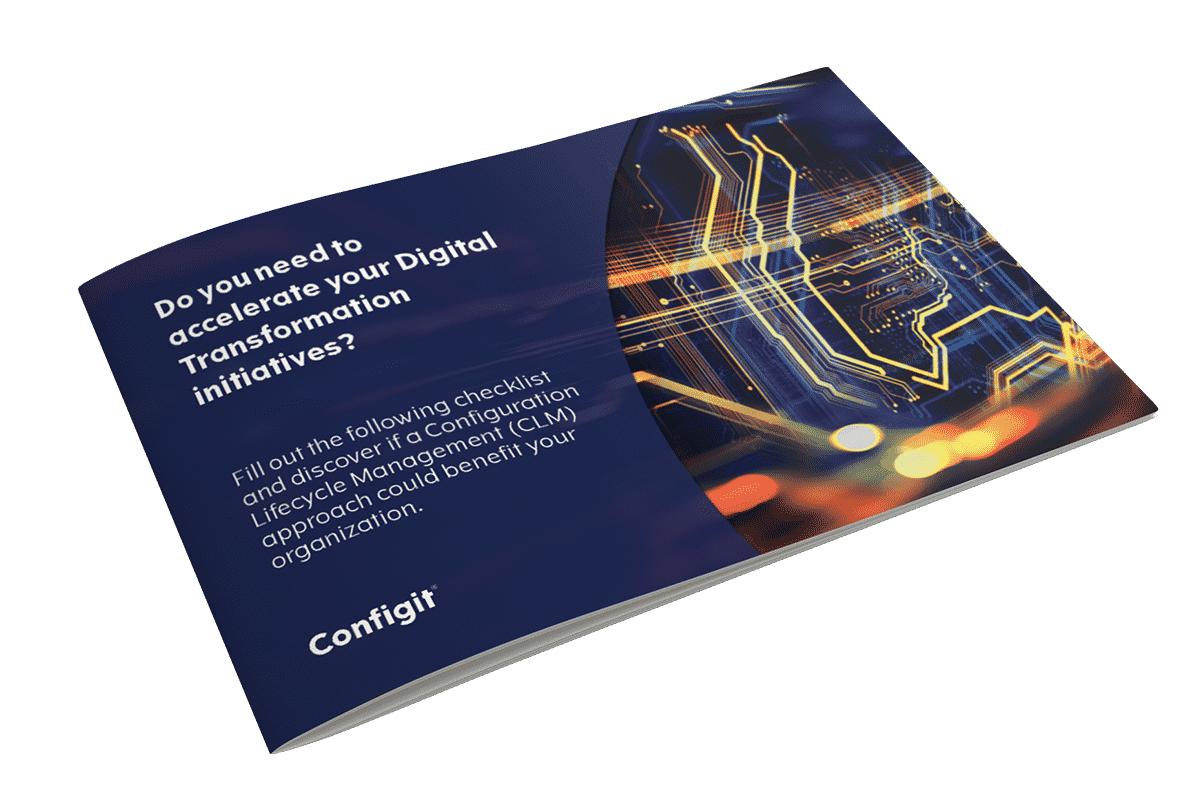What Is Technical Debt and How to Reduce It?
Technical debt is a metaphor used in software development to describe the additional cost (time, effort, or resources) incurred by taking shortcuts or prioritizing speed over clean, well-designed code. It’s analogous to financial debt, where you might accrue interest and penalties for not addressing the issue promptly.
The phenomenon of technical debt can arise in many industries, originate both organically and via acquisition, or develop in response to new trends and platforms. For example, a global company that begins a modernization program of their tech stack to respond to new trends (e.g. generative AI) and platforms (cloud, mobile) can lead to burgeoning tech investments.
These new initiatives and tech investments as a response to trends often favor a ‘make me rich’ over ‘keep me rich’ mentality, with implementations and delivery viewed as a ‘once and done’ and reinvestment and maintenance considered optional.
Technical debt is often discovered during a digital transformation initiative, where an organization uncovers hundreds of overlapping and duplicative applications, websites and systems with no overarching plan for collecting or using the data.
Regardless of origin, the challenges of wading through layers of systems and duplicate, often contradictory, data are keenly felt by those holding the IT reins.

Some of the more acute pains associated with technical debt are the increased cost of maintenance, lack of responsiveness to changing markets, and lack of transparency of real data.
In addition, contractual obligations and constructive liabilities all eat away at IT budgets, taking away funding for new initiatives.
Aside from ballooning maintenance and refresh costs, for B2B manufacturers, the danger of hidden product flaws buried under layers of old code poses a real risk.
The goal to pursue a ’zero defect’ policy has many manufacturers seeking to implement the newest AI. However, without the right safeguards in place, feeding unchecked data into an open-source AI tool could result in negative outcomes.
Technical debt is like borrowing development time and money from the future. Taking a shortcut now means coming back again to do it properly. Emergencies cost more to fix in a panic. Even well-established companies drowning in technical debt will fall further and further behind and could eventually be sold or combined with similarly suffering companies.
In essence, CLM (Configuration Lifecycle Management) promotes a disciplined approach to product configuration. By ensuring data consistency, facilitating reuse, and streamlining change management, CLM helps development teams build and maintain high-quality, efficient product configuration databases, ultimately reducing technical debt.
Rather than an additional system, CLM provides an intelligence layer that identifies and extracts the key information for any manufacturer: product configuration data. By lifting this data from its siloed locations throughout the organization, companies can share, in real time, the latest product information.
Configit’s multi-patented Virtual Tabulation® technology extracts product configuration data from all sources throughout the enterprise – PLM, CPQ, MES, Excel – into a shared source of truth. Using VT™ technology, this data is analyzed to identify every possible combination/product configuration, providing the insight needed to make strategic decisions on what products to continue, what to eliminate and what to improve. This “solution space” is the true intelligence layer needed for manufacturers to have a 100% accurate understanding of their full product portfolio.
Connecting data across functions supplies the visibility organizations need to make decisions on planning, products, pricing and more. By putting that ‘newly found’ data to work, companies can make sense of complex processes, connect functions to the full value stream, and create order from chaos, managing technical debt.
Discover Key Use Cases to Begin Your Configuration Lifecycle Management (CLM) Journey
A core tenet of CLM is establishing a shared source of truth for product configuration data. This eliminates inconsistencies that can lead to errors, rework, and delays – all of which contribute to technical debt.
Manufacturers that have implemented a CLM solution have experienced the following outcomes in their battle against technical debt:
- Enhanced Reusability: By standardizing configuration processes and components, CLM promotes code reuse. This reduces the need for repetitive coding efforts, minimizing the accumulation of technical debt over time.
- Streamlined Change Management: CLM facilitates the management of product configurations throughout their lifecycle. This allows for efficient implementation of changes, minimizing the impact on existing code and reducing the potential for regressions (introducing new bugs while fixing old ones).
- Improved Visibility and Traceability: CLM provides visibility into the impact of configuration changes on different aspects of the system. This allows developers to anticipate potential issues and make informed decisions, leading to more maintainable code and reduced technical debt.
Configuration Lifecycle Management allows manufacturers to start anywhere in the process. Whether one starts in Engineering, Sales, Manufacturing, or Service, every CLM project requires careful planning and a phased approach.
Key steps to get you started include:
- Define Your Goals and Challenges
- Assemble Your Team
- Evaluate Your Needs and Resources
- Develop a Configuration Management Plan
- Implement and Train
- Monitor and Continuously Improve
While technical debt is a common challenge among global manufacturers, the good news is that most organizations already have the building blocks available to start addressing and managing this debt today. A CLM approach can provide an actionable, flexible framework companies need to harness the power of their data.
Access the Checklist to Find Out If a CLM Approach Suits Your Organization

About the Author

Daniel Joseph Barry is VP of Product Marketing at Configit. Dan Joe has more than 30 years of experience in engineering, sales, marketing, product management and strategy roles within IT and telecom companies.